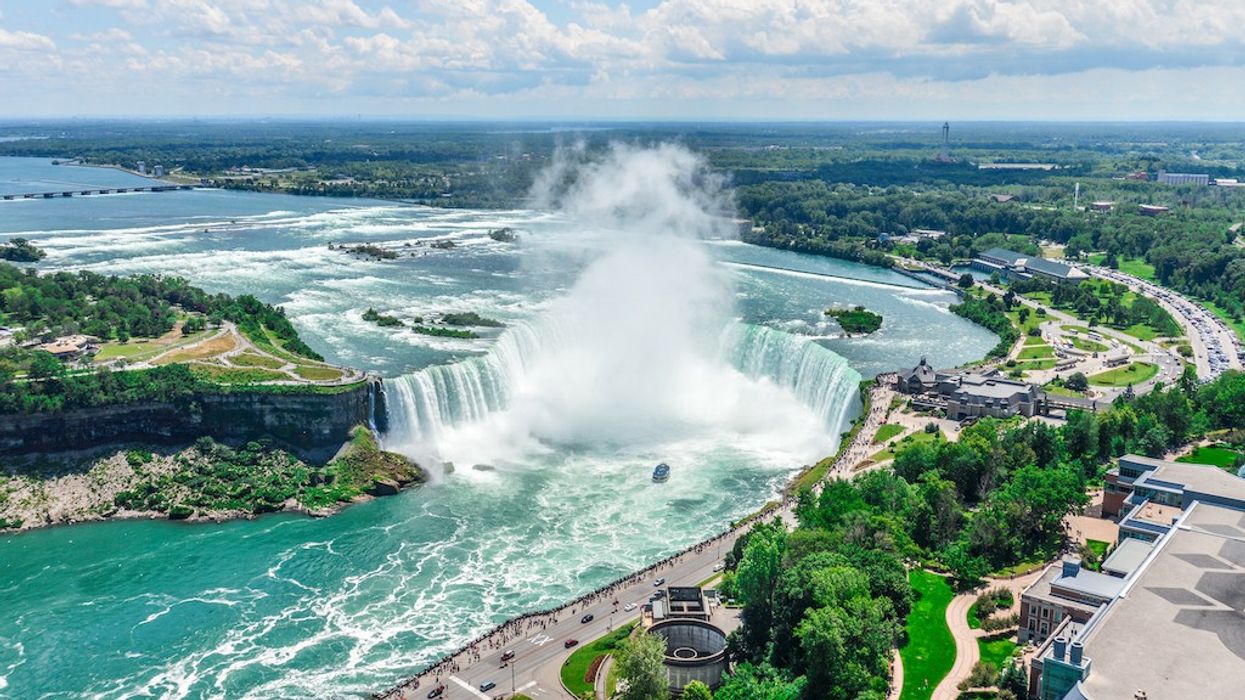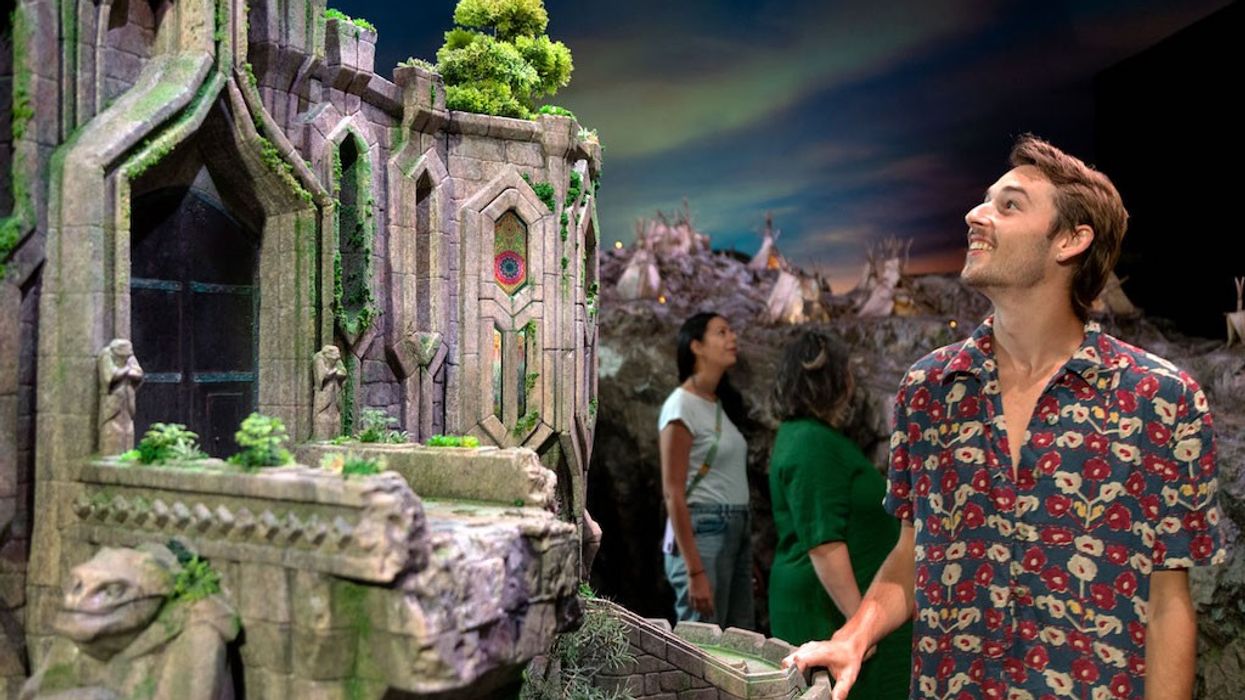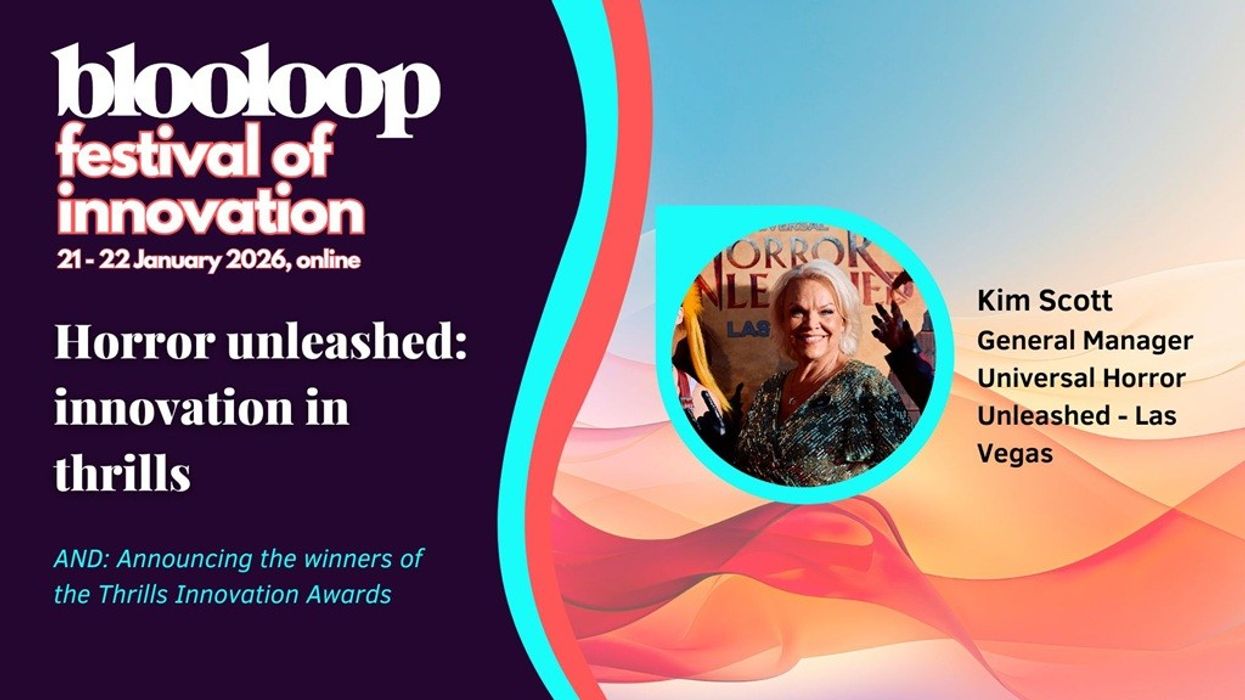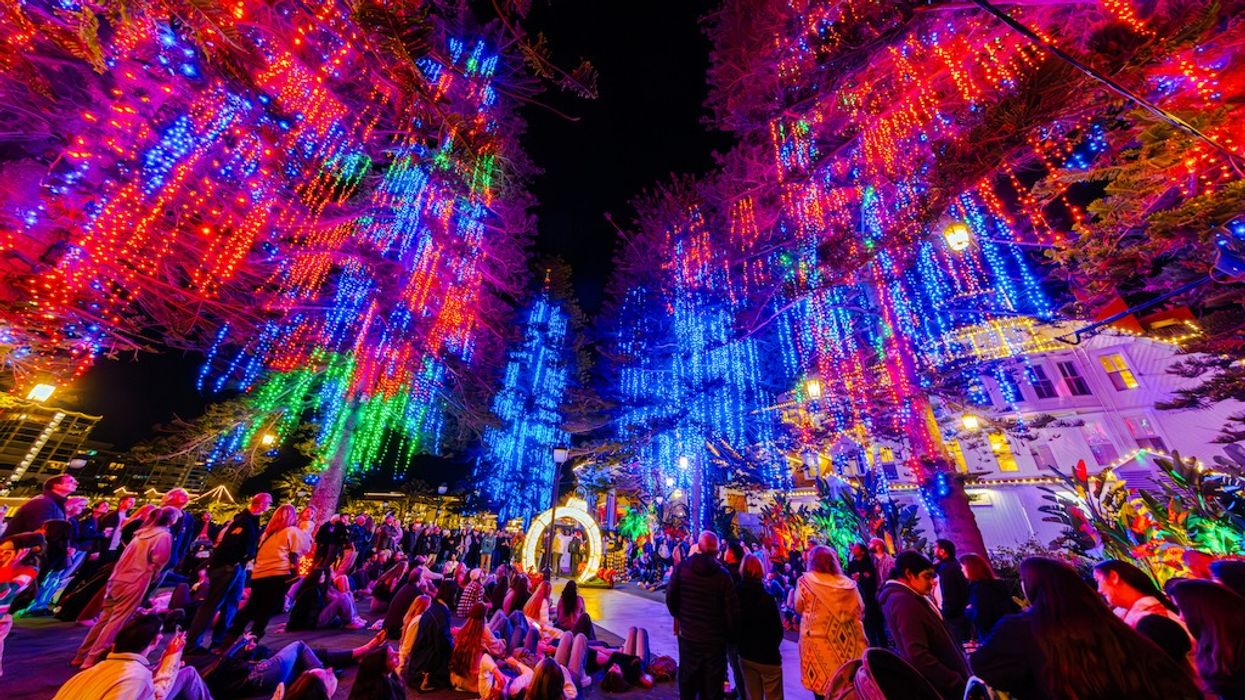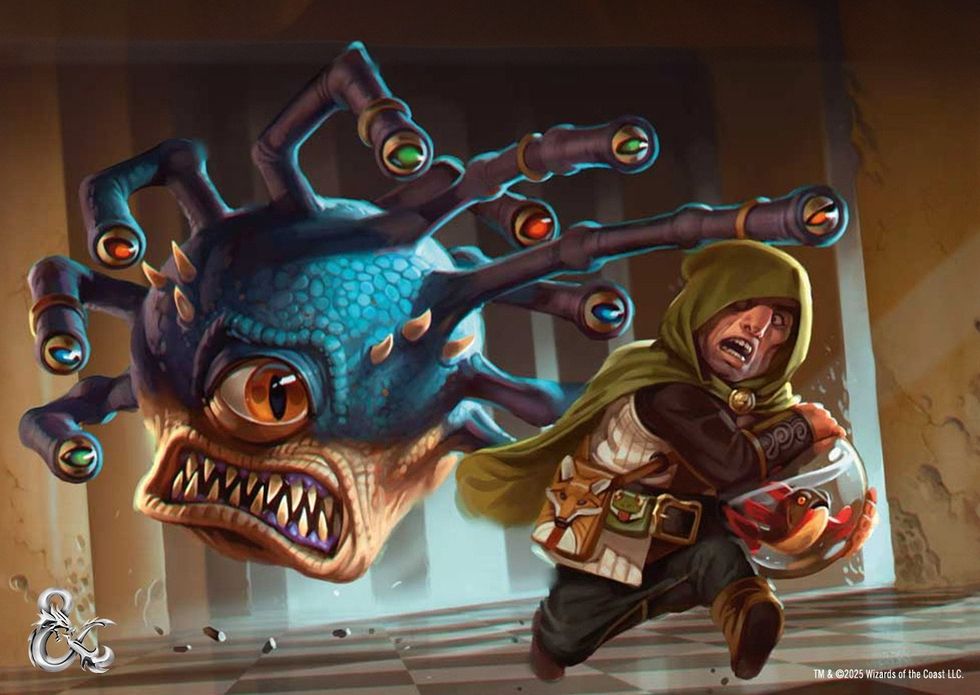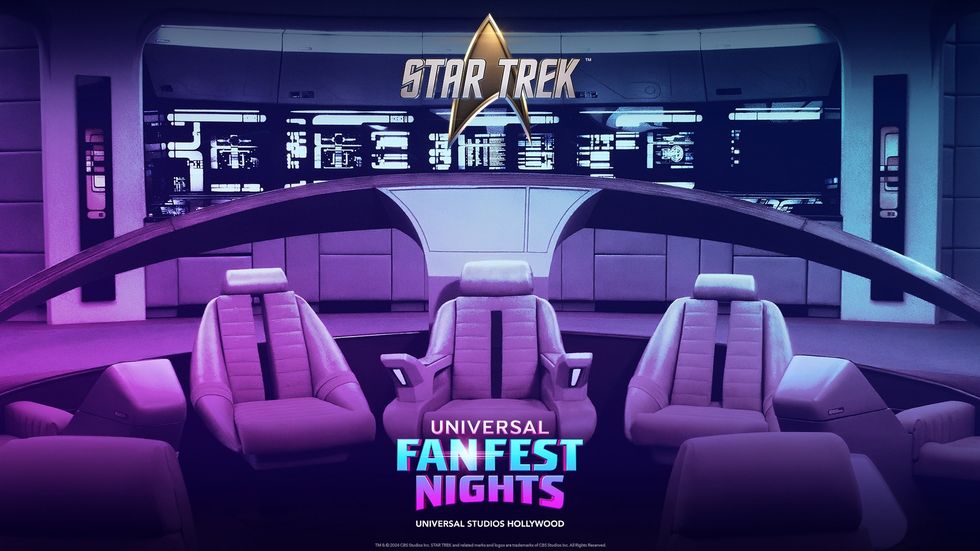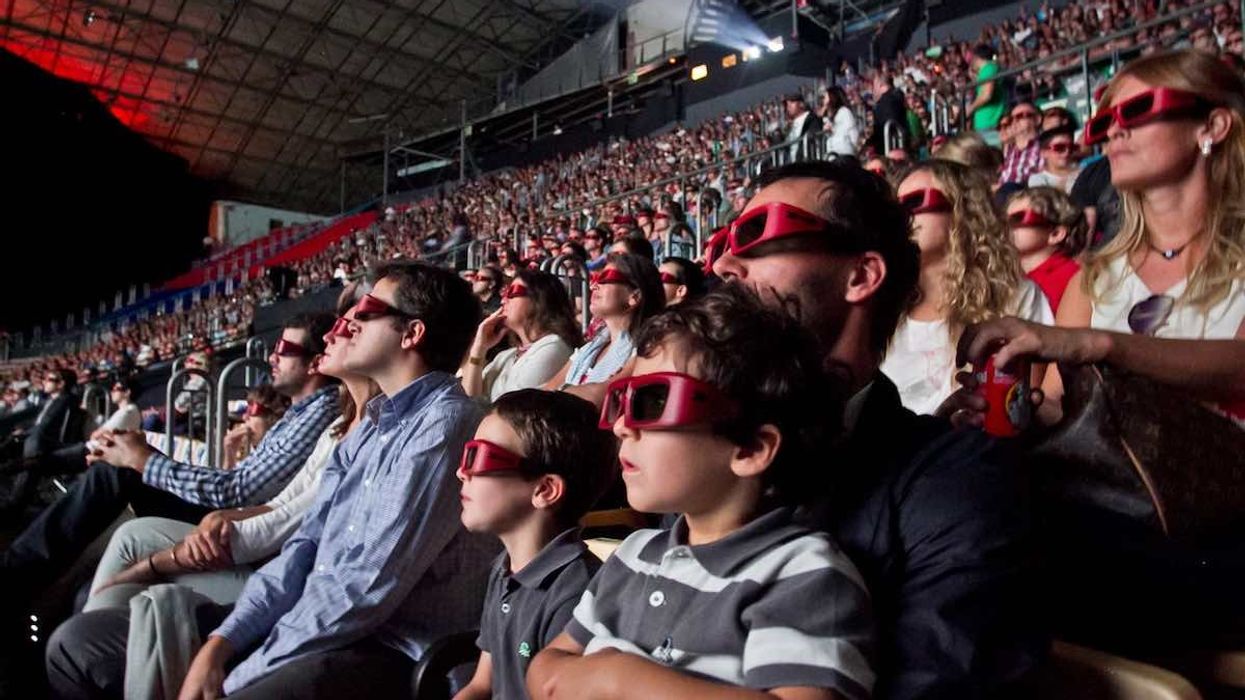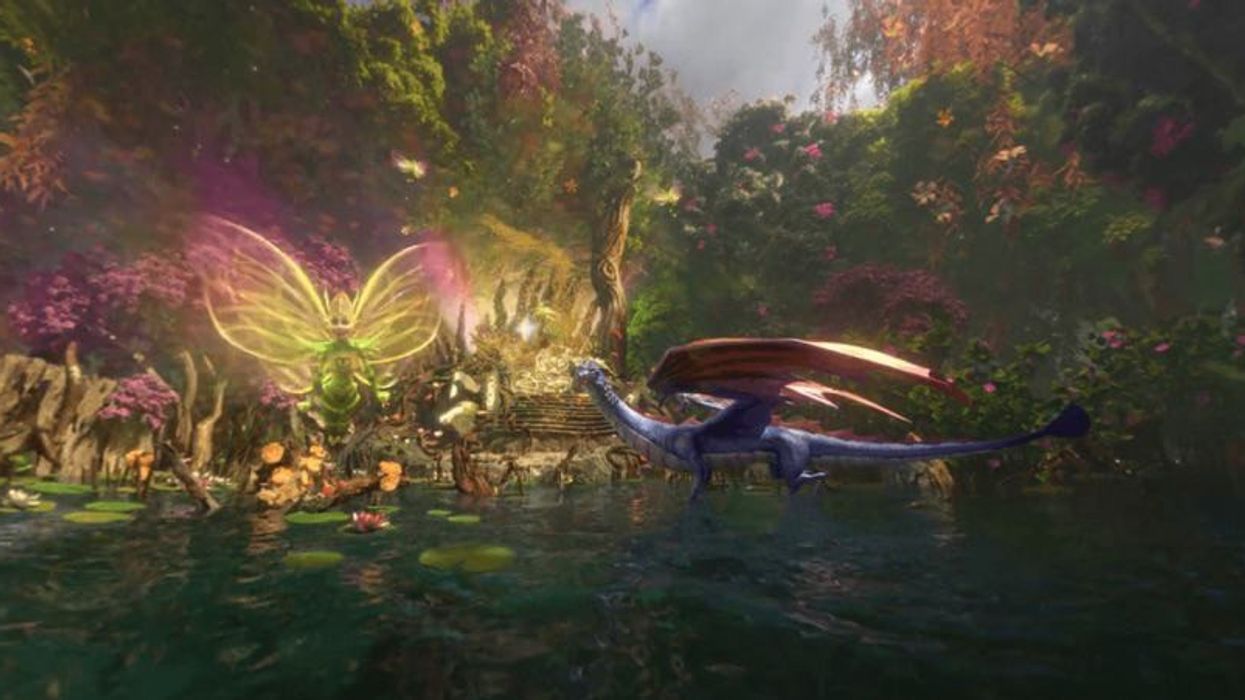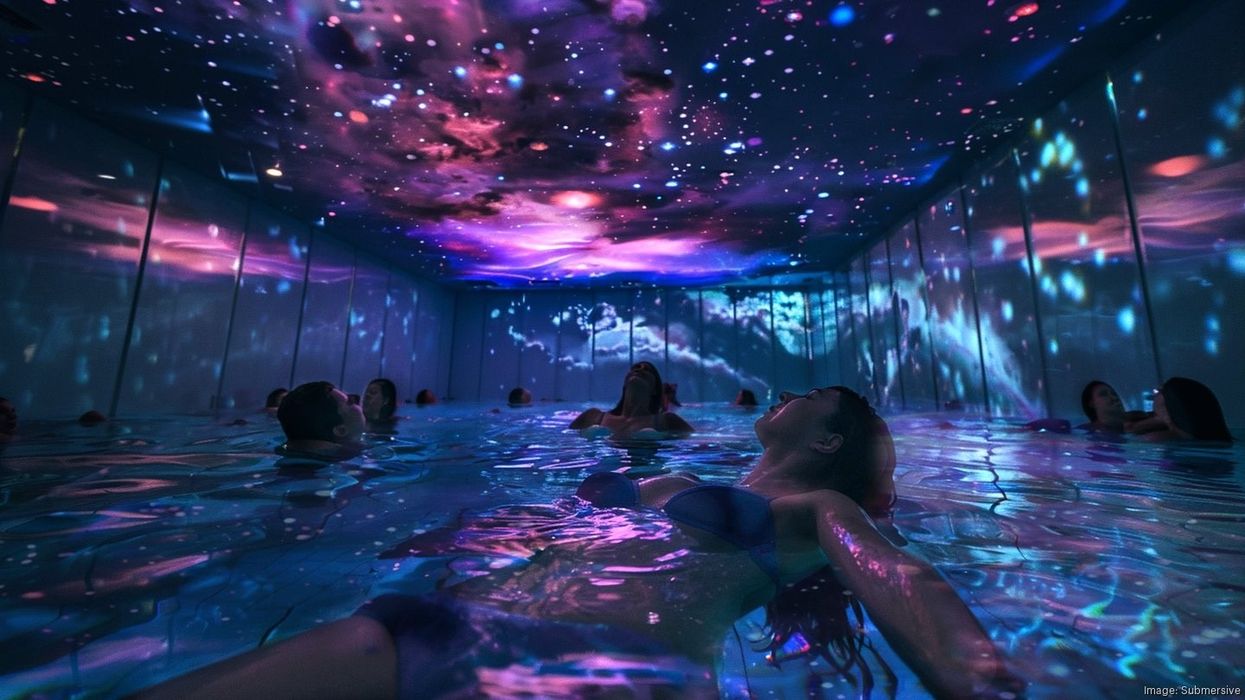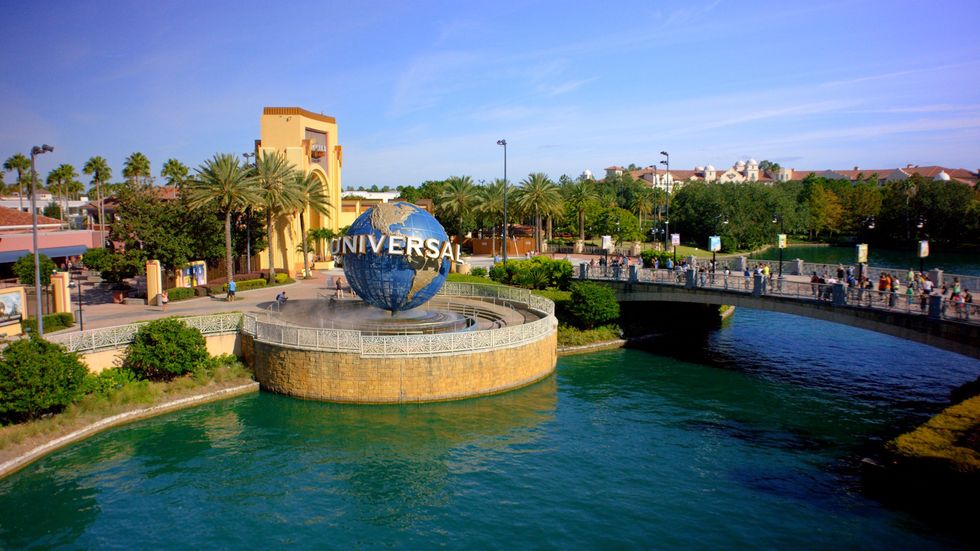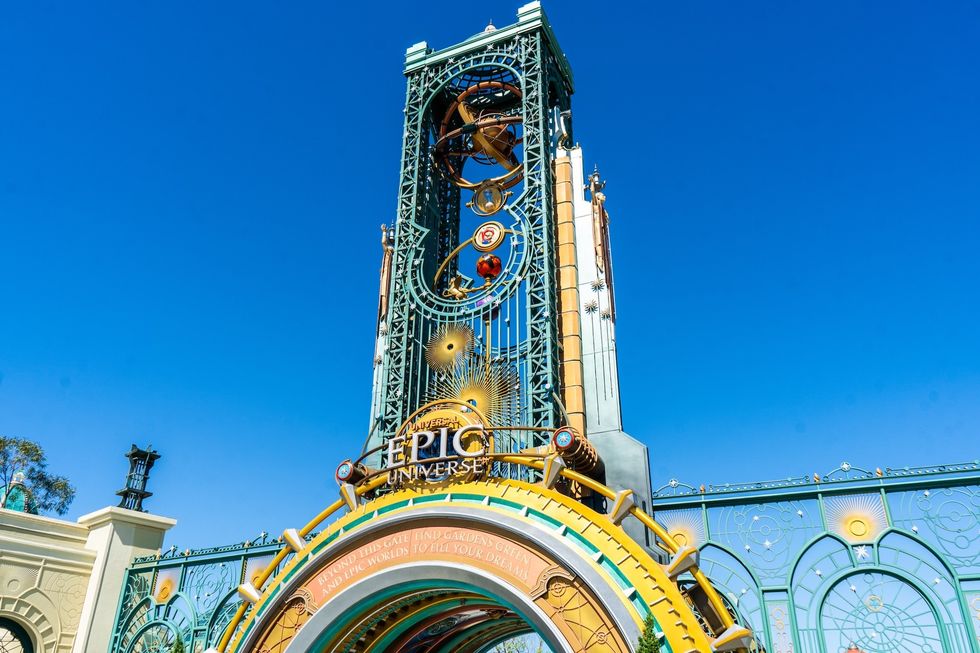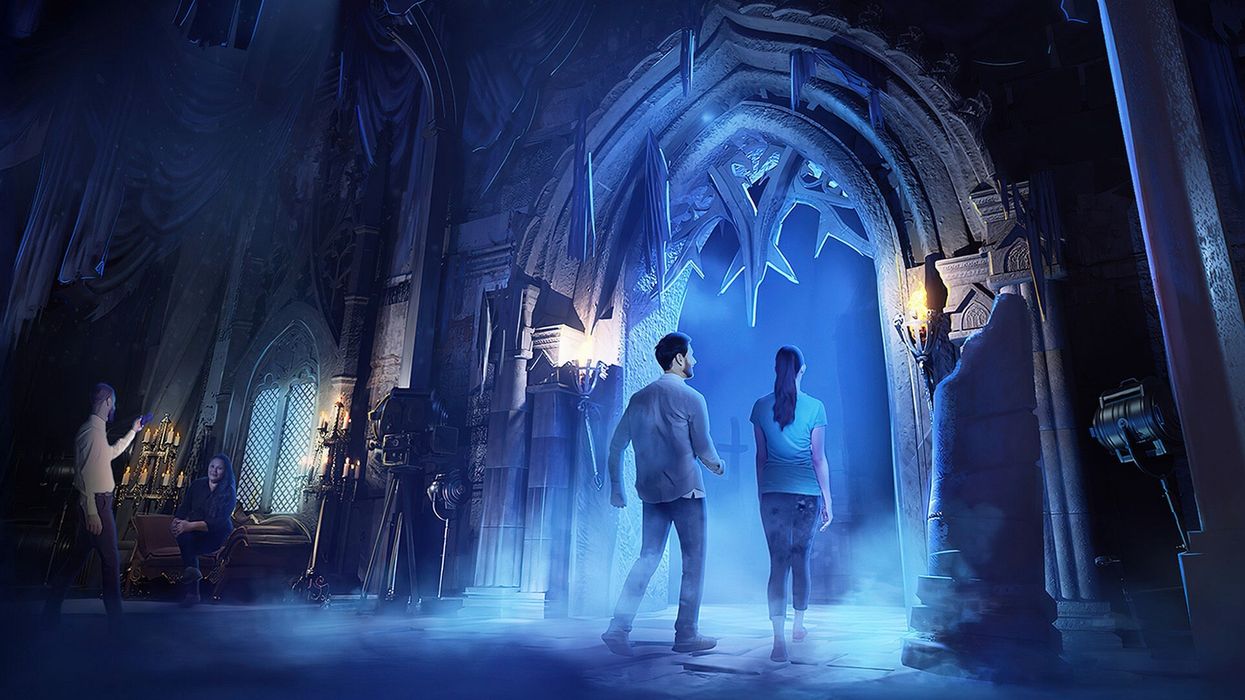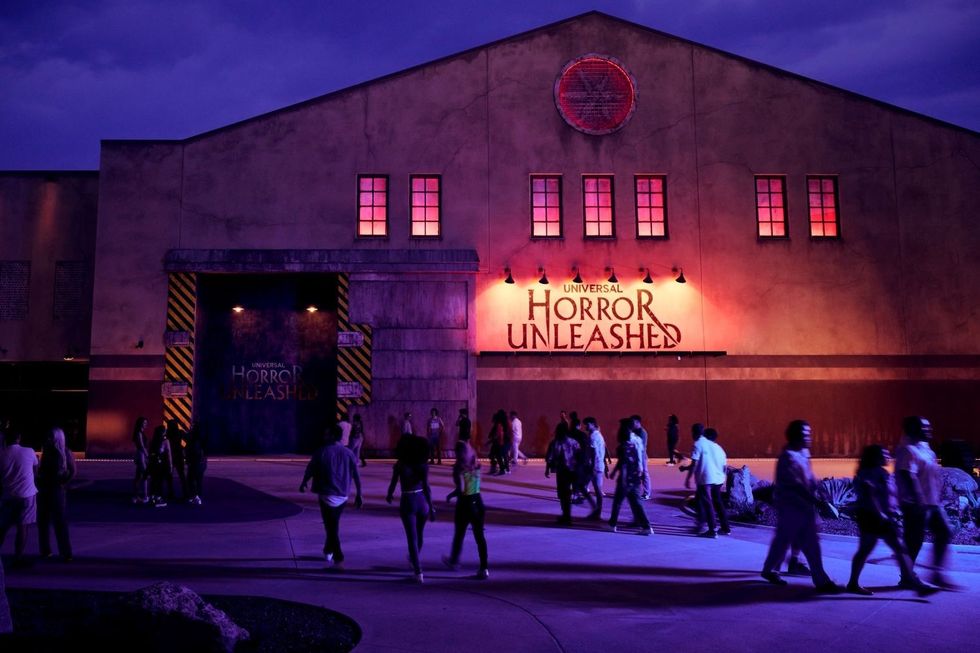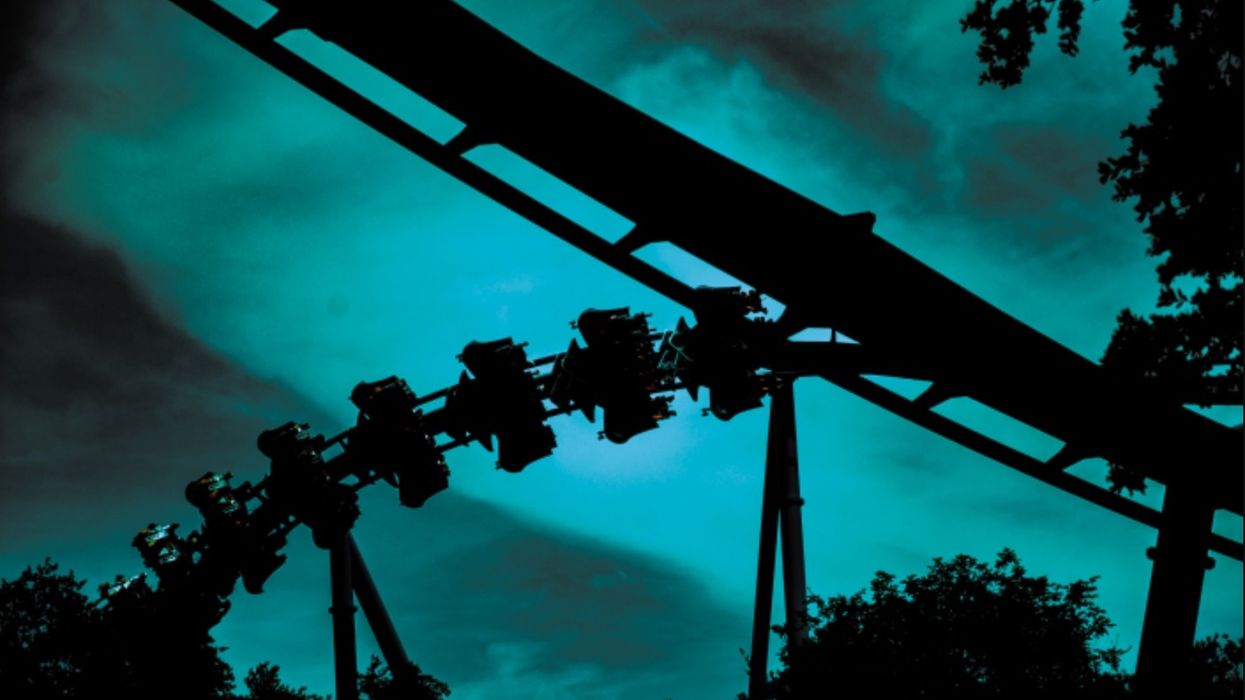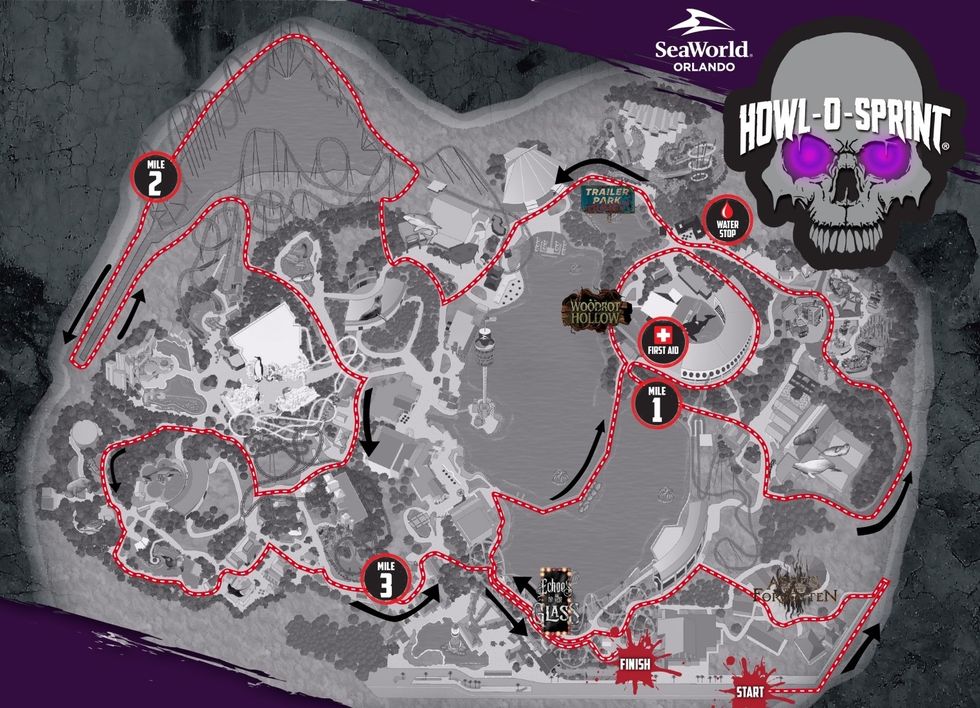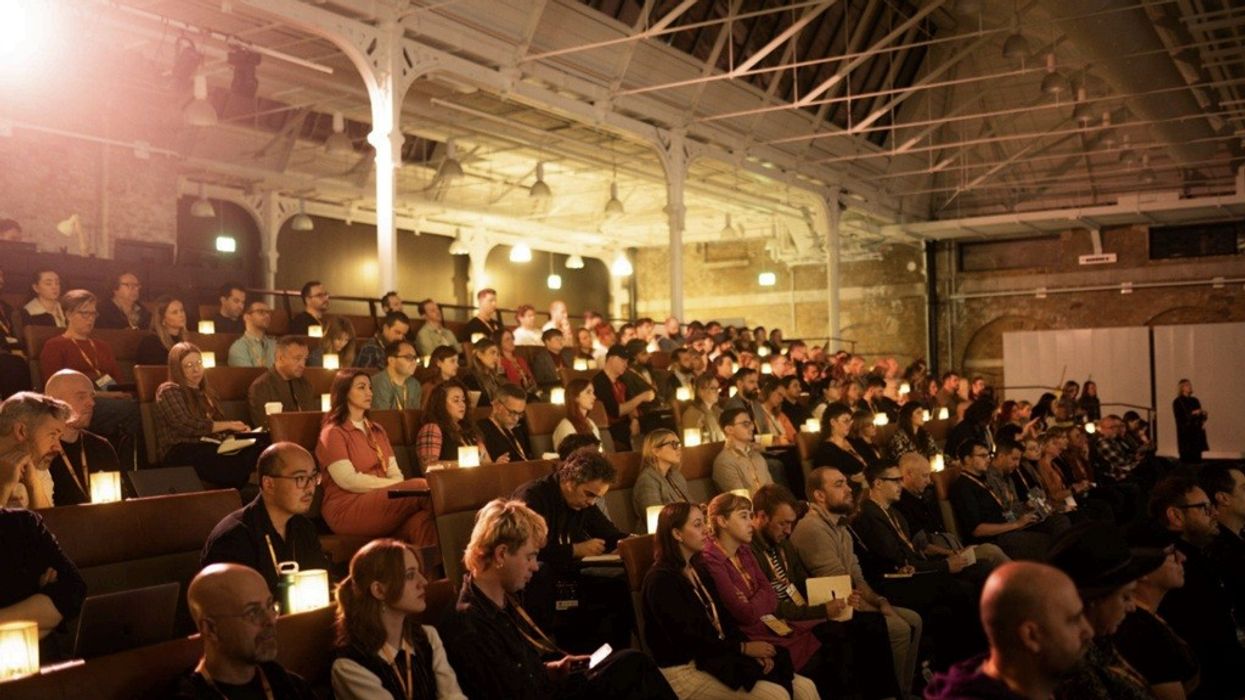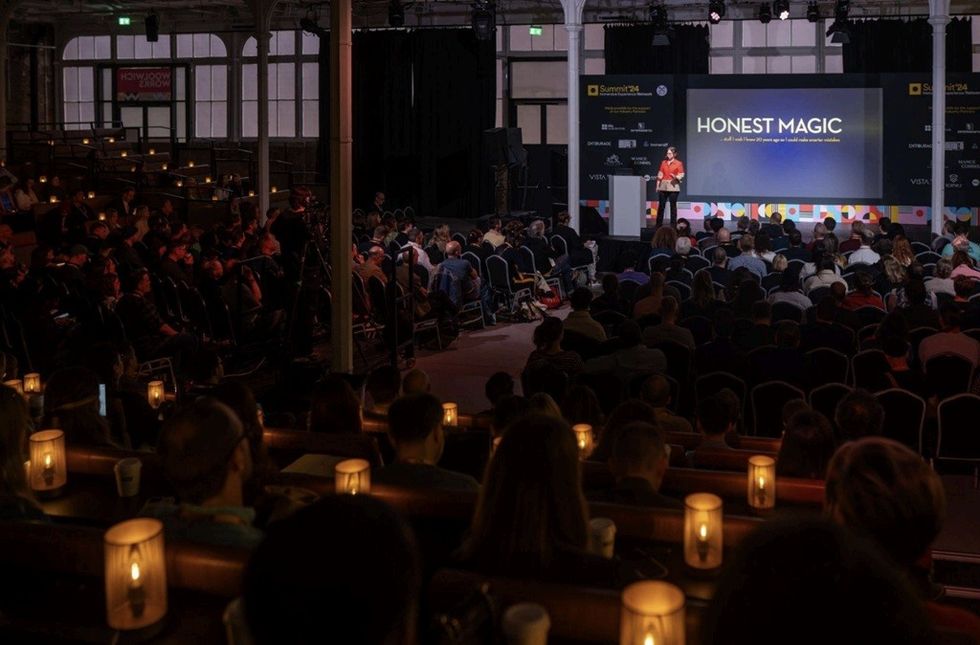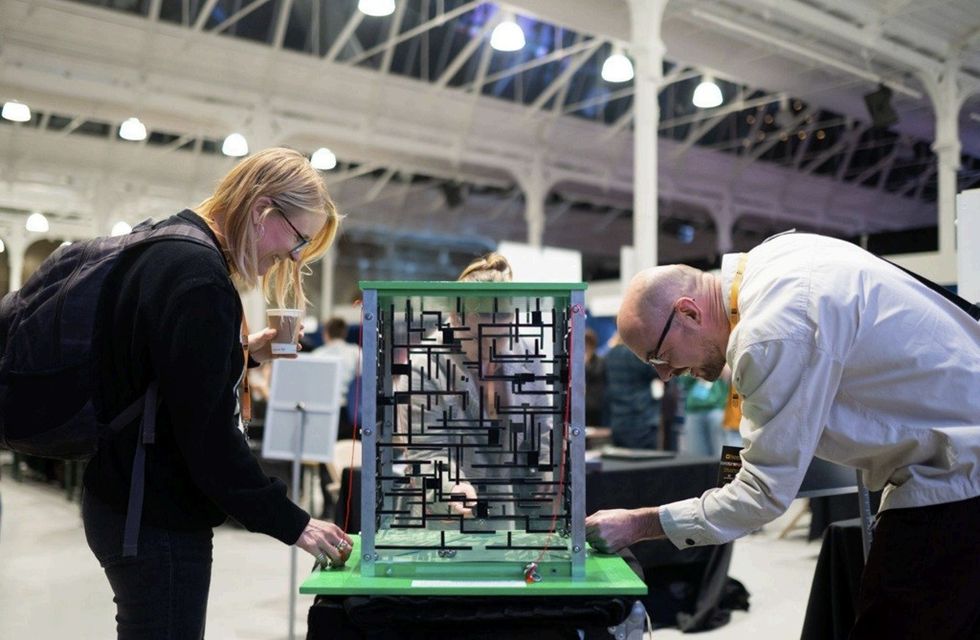Frontgrid, an expert in adventure leisure and virtual reality attractions and the creator of ParadropVR, has partnered with Rainbow Air Helicopter Tours, a firm that offers helicopter rides over the iconic Niagara Falls, to create a gamified flying experience over one of the world’s most iconic waterfalls in virtual reality (VR), set to debut in spring 2025.
Anna Pierce, VP of Rainbow Air, says: “It is truly magnificent seeing Niagara Falls from the air. You really get a sense of scale and can appreciate the vastness of the volume of water as well as the journey the river takes through the wider landscape, where it comes from and where it goes to.

"We’ve been taking visitors to see the falls, from above, in a helicopter for 30 years now, and we love giving people, what they always say is, the highlight of their stay at the Falls. Now, we are excited to be launching this VR experience as a new, gamified way of exploring and connecting with the land and cityscape.”
Flying experience with gamified content
The attraction will be part of a new, specially constructed Rainbow Air Tourism Center on the US side of the falls, allowing visitors to enjoy the VR experience while they wait. The centre will house a museum and historical site, gift shop, photographic studio, and a Rainbow Air launch pad for helicopter tours over the falls.
The VR attraction creates a fantastic flying experience under canopy by combining gamified content and motion-based engineering.
Matt Wells, CEO of Frontgrid says: “This attraction is going to be a world-first. It uses our motion-based engineering, called ParadropVR Rize 4, which moves people through a 4m drop. The motion is finely tuned with what the participant is seeing. They use handles to self-steer themselves around the environment. It really does give the sensation of flying under canopy.”

ParadropVR Rize 4 is the latest model of the hardware, which has proven its reliability and business model globally, in 15 countries and counting, since its inception in 2017. This most recent version includes upgrades to the canopy, updated access, improved lighting, and further motion-based optimisations. This attraction will consist of 11 modules and create a striking, futuristic, horseshoe-shaped amphitheatre.
Frontgrid coined the term location-based-flying (LBF), a play on words for location-based entertainment, as a new category of immersive experience. Wells says: “What we discovered is that flying in VR, you can explore any environment you can imagine. It is a futuristic new way of exploring a real-world destination. The gamification really makes it something different from the real thing. LBF is a fun and profitable attraction for a venue to offer, drawing new footfall and capitalising on existing footfall to a destination.
“We have really valued working with Rainbow Air on this exciting project, which has furthered our combined objectives of celebrating flight in a new way. The launch of this major new attraction has allowed us to turn our vision of creating location-based-flying as an entertainment category - into a reality.”
An immersive journey
The VR experience begins with a 360-degree introductory film that plays in the headset. As the helicopter takes flight, they can glance about and out the window. The movie ends with the participant jumping out of the helicopter after the door is pulled back, and they are then spawned into the game.
Tammy Owens, business development director at Frontgrid and producer of this project, said: “It’s pretty dramatic. The game has been built so that it starts exactly where, in real life, we filmed from the helicopter over Rainbow Bridge. When you marry up the real-world footage and the game environment it is pretty impressive.”

Game engine software, 3D models, and satellite data were used to create the setting. Along the journey, flyers collect points, and a global online league tracks their score.
Kurt Stevenson Bills, lead games developer on the project, said: “The level of detail which has gone into the game really brings it to life. Ranging from the lifts moving up the iconic Skylon tower, the volcano erupting in the theme park, the boats on the water and the game even includes crowds of people wearing the different coloured poncho macks that you see everywhere if you visit Niagara Falls.”
Owens adds: “Even our internal team, when we are testing flying through the game, can’t help but go ‘ahh that was the hotel we stayed in, the platform we stood on, where we walked…’ . As well as we see things we just hadn’t seen in the real world, that next time we are back, we will go and check out.”
Stevenson Bills says: “It is pretty awesome. Whilst you can fly over a real-world location in a helicopter and that is spectacular. Flying restrictions mean you see it from quite high up, which is a different experience. With VR you can get a lot closer so you can see different things.

“You are also the hero of your own journey, so you can decide where you go and what you want to look at. We’ve also added gamification to help the user explore the environment and get really close to the water and the falls. The experience is set up to be a race, which you can choose to take part in or just float around and enjoy the view. It is up to you.
“We had a lot of fun adding details to spot along the way – that are so iconic to the history of the place. When you fly it yourself, see if you can see the barrel going over the top of the falls!”
Last year, Frontgrid brought its ParadropVR experience to the Royal Air Force Museum in Cosford, Shropshire. Guests can enjoy an exhibit that recreates the experiences of the UK’s premier military parachute display team.
Top image: Istock: Starcevic
Charlotte Coates is blooloop's editor. She is from Brighton, UK and previously worked as a librarian. She has a strong interest in arts, culture and information and graduated from the University of Sussex with a degree in English Literature. Charlotte can usually be found either with her head in a book or planning her next travel adventure.
